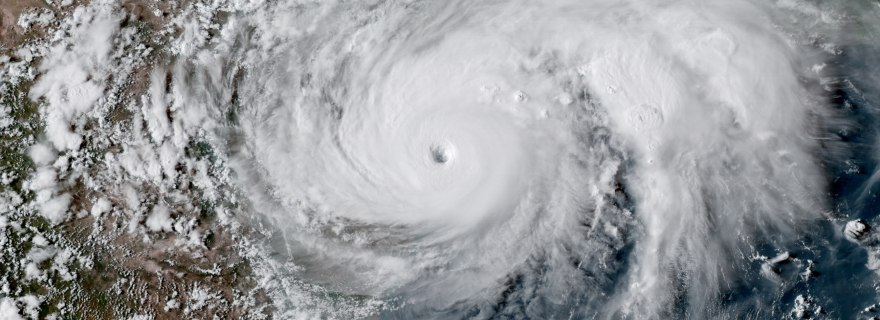The Future of Disaster Response: Who Will Be Responsible?
With the increased intensity of weather events and diminished resources, who is responsible for future crisis management?
The 2017 hurricane season spawned one of the most devastating series of hurricanes to hit the United States and the Caribbean in recent history. These events are not only re-writing weather and climate history, but are also fundamentally testing the response capacity of the international community. Although the response was swift in the United States, many countries with deep ties to the Caribbean region are now faced with an enormous task that far outweighs their own capacity to deliver a meaningful recovery. For instance, it has been nearly three weeks since Hurricane Maria swept through Puerto Rico and residents are still waiting for much needed aid.
That is not to say that international efforts haven’t been increasing but primary concerns such as food, water, shelter and security are still in dire need. Why hasn’t basic aid been addressed yet? The answer is sensitive and sobering—jurisdictions.
More specifically, logistics to disaster affected regions are extremely challenging with major airports and water ways being un-useable. Then there is the enormous cost of delivering relief at a time when resources for disaster response have been in steady decline since President Donald Trump took office in the United States. The US pays for the majority of global foreign aid and development programmes that are now at risk of being cut. While some affected areas such as St. Maartens can rely on deep ties to the governments of France and the Netherlands for a lasting recovery, other communities are not so fortunate. They must rely on the gratuity of foreign aid and limited resources and the countries that provide them are waiting to see what the United States is going to do before committing to fill an important (and expensive) power vacuum. At this stage, there are two possible events than can be predicted:
- Foreign aid investment is going to suddenly increase among international stakeholders to meet the growing challenge in the Caribbean.
- Once international transportation is possible again, we will see many Caribbean residents fleeing to developed countries.
But there is also a third event that does not seem to be making headlines--locals helping themselves. While it is too early to fully understand the response and recovery efforts across the Caribbean, there is some evidence already that citizens have begun organising their own activities to parallel those international aid and relief agencies that have already set up a presence in various affected communities. This is an important angle to the current crisis because, we will likely see more communities organize their own efforts while they wait for help from foreign governments. A cost-effective way of stabilizing and rebuilding the devastated communities is with access to connective information technologies to help them organize.
‘Disaster resilience’ is not a new concept, but it is one that has struggled to gain strategic support as a core competence of disaster response planning and policy. In part because it means shifting the burden of relief and recovery to the affected communities and their local administrations. Nonetheless, a grander international commitment to the Caribbean will be needed soon and the concept of employing affected communities in their own rescue (and in more inclusive frameworks) will surely be revisited among policy and decision makers on both sides of the Atlantic.


